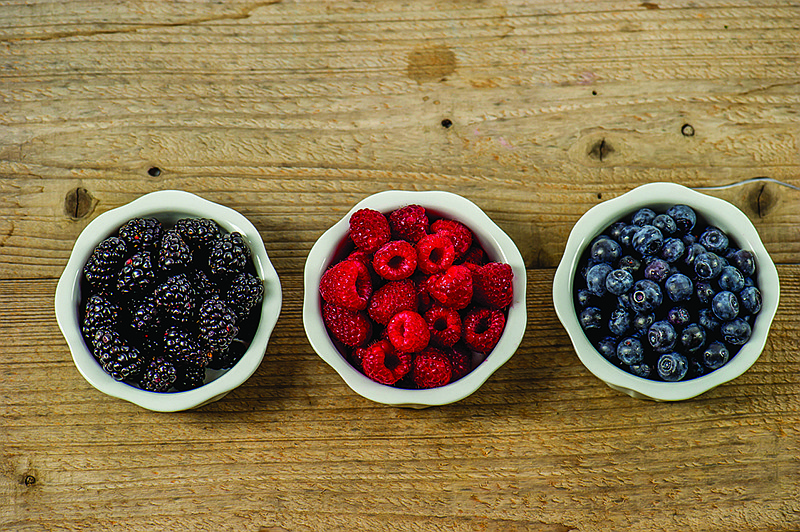INDEPENDENCE, Mo. -- In 1970, the biochemist Linus Pauling published "Vitamin C and the Common Cold," promoting the idea that large doses of the vitamin could reduce the severity and duration of a cold.
"There have been several well-designed studies that tested vitamin C's ability to reduce the risk of developing a cold or lessen the symptoms. The conclusion was that the vitamin does neither," said Tammy Roberts, nutrition specialist for University of Missouri Extension.
While vitamin C is often touted for boosting the immune system, the jury is still out on this claim. But there may be an indirect connection, Roberts says. Vitamin C is an antioxidant that eliminates free radicals (molecules that damage cells). This would help protect all systems in the body, including the immune system.
Since it's an antioxidant, wouldn't that mean if some vitamin C is good, more is better?
A National Institutes of Health study found that the body can only absorb about 400 milligrams of vitamin C a day, Roberts says. Since the vitamin is water-soluble, any unused vitamin C is flushed out of the body.
"People take up to 4,000 milligrams of vitamin C a day," she says. "In the few instances where there is less severity of a cold, 250 milligrams worked as well as a megadose."
Under certain conditions, Roberts says, a little extra vitamin C provides a bit of protection.
"Vitamin C taken in doses of 200 milligrams per day does decrease the risk of developing a cold in people who are living in extreme circumstances, such as soldiers participating in sub-Arctic exercises, marathon runners and skiers," she said.
According to the NIH, the average daily recommendation for vitamin C is 90 milligrams for men and 75 milligrams for women.
"You can get all the vitamin C you need for one day in literally three-fourths cup of orange juice, for a woman. A man needs a little bit more," Roberts said. "One-half cup of red bell peppers has 140 milligrams of vitamin C, a half cup of strawberries has 75 milligrams and half a cup of broccoli has 50 milligrams."
Even though you don't need huge doses of vitamin C, it is an important part of a healthy diet.
"It helps produce collagen, which is the connective tissue that holds your bones, muscles and other tissues together," Roberts said. "It helps heal cuts and wounds."
Insufficient vitamin C causes scurvy, a painful and debilitating disease marked by anemia, exhaustion, skin hemorrhages, bleeding gums and wounds that fail to heal. Scurvy was a major problem for sailors until the end of the 18th century. According to the National Library of Medicine, the disease is rare in the United States today, mostly affecting older adults who are not getting proper nutrition.
Roberts suggests that you save your money and skip the supplements. A diet that consists mostly of fruits and vegetables will ensure that your body has plenty of vitamin C as well as other important vitamins and minerals, she says.
Foods rich in vitamin C:
1 cup blackberries: 30.2 mg
2 tomatoes: 46.4 mg
1 small green pepper: 59.5 mg
1 kiwi fruit: 64 mg
1 medium orange: 69.7 mg
1 cup Brussels sprouts: 96.7 mg
1 medium guava: 165 mg
1 medium papaya: 188 mg
For more food and nutrition information from MU Extension, including feature articles, answers to frequently asked questions and learning opportunities, go to www.missourifamilies.org/nutrition.

